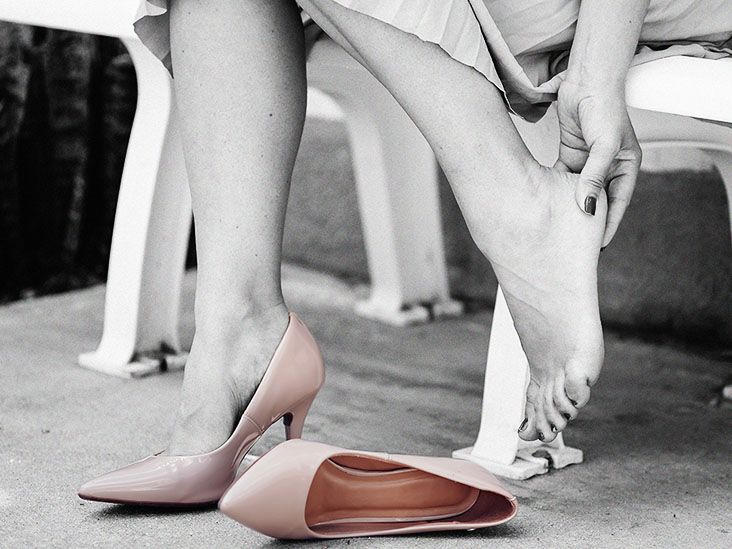Understanding the Difference Between Spondylosis and Spondylitis
Spondylosis and spondylitis sound similar, but they are two distinct spinal conditions that affect the vertebrae differently. While both conditions cause back pain and stiffness, their causes and long-term effects on the spine vary significantly.
This guide will examine the key differences between spondylosis and spondylitis to help you understand their unique characteristics and symptoms. We’ll also provide an overview of treatment options and self-care tips to manage pain and improve mobility.
What is Spondylosis?
Spondylosis refers to age-related wear and tear affecting the spinal vertebrae and discs in the neck and lower back. It occurs due to degenerative changes over time, including:
- Thinning of vertebral discs - Discs lose hydration and elasticity.
- Bone spurs - Extra bone forms along vertebrae edges.
- Stiffening of ligaments - Ligaments around the spine thicken.
These degenerative changes alter spinal alignment and the space within the spinal column. As a result, spondylosis can narrow the openings for nerve roots exiting the spinal cord, which may lead to numbness, tingling, or pain in the extremities.
Osteoarthritis in spinal facet joints is also common with spondylosis. The cartilage cushioning the joints gradually wears away, allowing bone to rub against bone. This causes swelling, stiffness, and pain with movement.
Key Features of Spondylosis
- Gradual onset of symptoms, progressively worsening over time.
- Pain and stiffness concentrated in the neck or lower back.
- Symptoms often worsen with activity and improve with rest.
- Numbness, tingling, or pain may radiate into the arms or legs.
- Limited range of motion in the spine.
- Hunched posture may develop in severe cases.
Who Gets Spondylosis?
Spondylosis is often considered a normal part of aging. More than 85% of adults over the age of 60 show some degenerative changes in their spines.
Factors that increase the likelihood of developing spondylosis include:
- Genetics - Some people inherit a predisposition for spinal arthritis.
- Age - The risk rises with age as tissues wear down over time.
- Injury - Past back or neck injuries can accelerate degeneration.
- Repetitive stress - Jobs requiring heavy lifting and frequent bending are risk factors.
- Obesity - Excess weight places extra stress on the spine.
What is Spondylitis?
Spondylitis refers to inflammation affecting the vertebrae and discs in the spine. Several types of spondylitis exist, with ankylosing spondylitis being the most common.
Ankylosing spondylitis causes inflammation in the spinal joints, typically beginning in the lower back and sacroiliac joints. Over time, chronic inflammation can cause vertebrae to fuse together, resulting in a rigid spine.
Research suggests autoimmunity plays a key role in spondylitis. Genetic factors also increase susceptibility.
Key Features of Ankylosing Spondylitis
- Gradual onset, emerging in early adulthood.
- Morning stiffness and pain improving with activity.
- Pain
Disclaimer: This article is for informational purposes only and does not constitute medical advice. Always consult with a healthcare professional before starting any new treatment regimen.
Related Coverage
Discover the top massage therapists in Mechanicsburg, PA, offering a range of therapeutic techniques for relaxation, pain relief, and overall wellness....
Considering chiropractic care for ankylosing spondylitis? Take this quiz to help determine if it could be a suitable complementary treatment option for managing your AS symptoms....
Beyond lower back pain, ankylosing spondylitis can also cause surprising symptoms like Achilles tendon inflammation, chest tightness, fatigue and more over time....
Ankylosing Spondylitis Day on February 3rd promotes awareness, advocacy and support for managing chronic back pain caused by this inflammatory arthritis....
Ankylosing spondylitis women face delayed diagnosis and hormone‑linked flares; get early signs, safe meds and lifestyle tips....
Cephalexin is sometimes prescribed for eczema patients who develop secondary bacterial skin infections. Learn whether cephalexin can treat eczema and its potential pros and cons....
Ankylosing spondylitis vs spondylolisthesis: two spinal conditions with different causes, symptoms, and treatments. Get clarity on your back pain....
Self-care like posture correction, physical therapy exercises, hot/cold therapy, stress reduction, and an anti-inflammatory diet help manage ankylosing spondylitis....
Advanced Spinal Care Medical Spa & Massage offers a holistic approach to wellness, combining expert medical care, therapeutic massage, and luxurious spa services in a tranquil environment....
Ease ankylosing spondylitis heel pain with stretches, supportive shoes, medication tips, and lifestyle changes for quicker relief....








